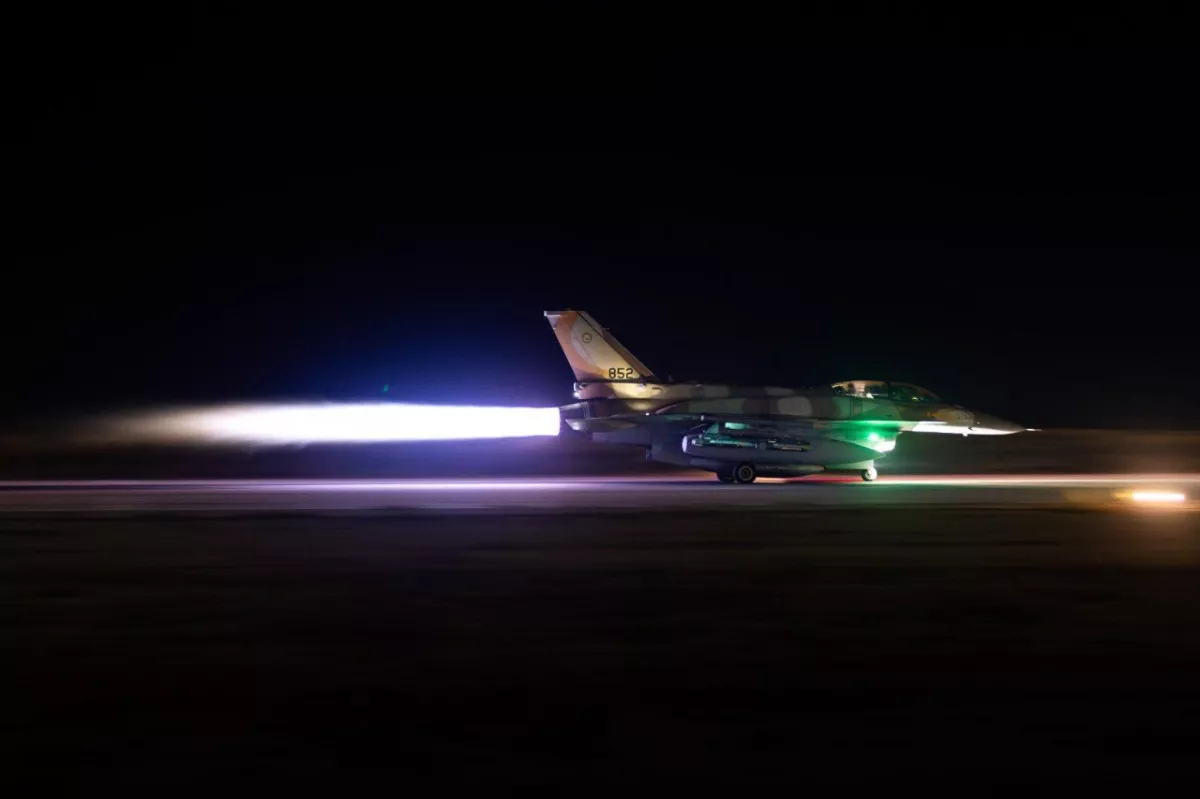Israel vs Iran: 200 aircraft, 100 targets, 330 missiles
The military operation launched by Israel against key components of Iran’s nuclear and military infrastructure has escalated to a much harsher level. According to Israeli statements, the objective remains the complete elimination of the Islamic Republic’s capability to develop nuclear weapons. According to the latest data, the Israeli Air Force has struck more than a hundred targets, deploying approximately 200 combat aircraft and over 330 precision-guided munitions, according to official figures. The IDF emphasises that this is a large-scale, coordinated operation targeting both military facilities and the nuclear program infrastructure across the entire territory of Iran.

According to reports from Iranian state agencies, the strikes have resulted in the deaths of several high-ranking figures—both from the military command and the scientific leadership of the nuclear program. Among the confirmed casualties are IRGC Commander Hossein Salami, Commander of the Central Headquarters “Khatam al-Anbiya” General Gholamali Rashid, renowned nuclear physicist and former head of the Atomic Energy Organisation of Iran Fereydoon Abbasi, as well as Professor Mohammad Mehdi Tehranchi. Later, Iranian sources reported the death of Ali Shamkhani—former head of Iran’s National Security Council and one of Ayatollah Khamenei’s closest advisers. There are also reports of the death of Iranian Armed Forces Chief of Staff General Mohammad Bagheri, which had previously been denied by Tehran.
In response to the attacks, the Iranian government issued a harsh statement, accusing Israel of carrying out an outright terrorist act and violating all international norms. According to Tehran’s version, the strikes were deliberately launched at a time when new diplomatic consultations on the nuclear program were supposed to take place, which, in the Iranian view, proves Israel’s intent to sabotage any negotiations and escalate the conflict into an open phase. The authorities of the Islamic Republic declared their right to retaliate and promised that the response would be “severe, unified, and inevitable.” The statement emphasised, “We did not start this, but Iran will write the ending to this story.” Supreme Leader Khamenei, in turn, stressed that “the retribution will be closer than the enemy’s carotid artery.”
In parallel, Israel reported the launch of more than 100 Iranian drones. According to IDF officials, all of them were launched directly from Iranian territory and are expected to reach Israeli airspace within a few hours. Air defence forces have been placed on high alert. The Israeli side continues to carry out precision strikes, intensifying pressure, and according to an IDF spokesperson, the operation is not yet over. Israeli President Isaac Herzog made a statement calling the military action a response to “decades of existential threats,” emphasising that Israel will act decisively and consistently, regardless of international pressure.

The International Atomic Energy Agency (IAEA) reported that radiation levels at the Natanz nuclear facility remain within normal limits and that the Bushehr Nuclear Power Plant was not damaged. Nevertheless, concerns persist over potential leaks or secondary consequences, given the scale and intensity of the strikes.
At the same time, Israel’s National Security Council issued an urgent warning to citizens abroad. Israelis were advised to refrain from displaying national symbols, avoid attending Israel-related events, and not to post their location on social media — amid the threat of attacks by Iranian proxy groups outside the country.
The situation is rapidly evolving and showing signs of spiralling out of control. The previous format of “shadow warfare” between Israel and Iran — characterised by cyberattacks, strikes on proxy networks, and mutual threats — has now shifted into a phase of direct confrontation between the two states.








